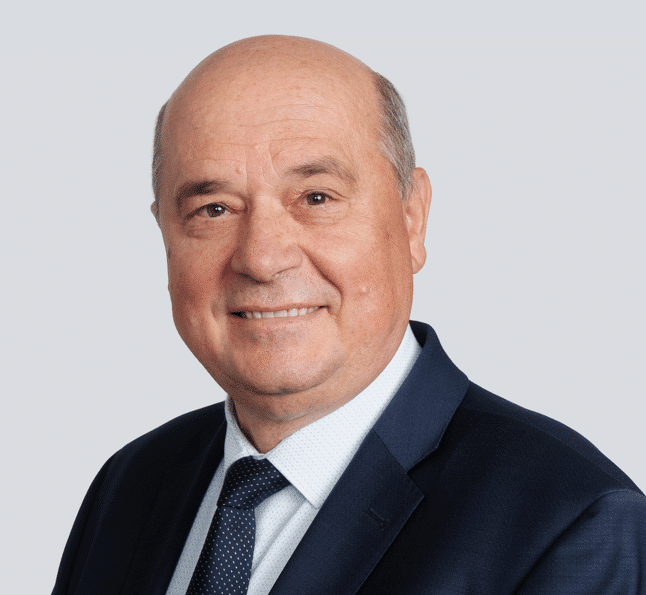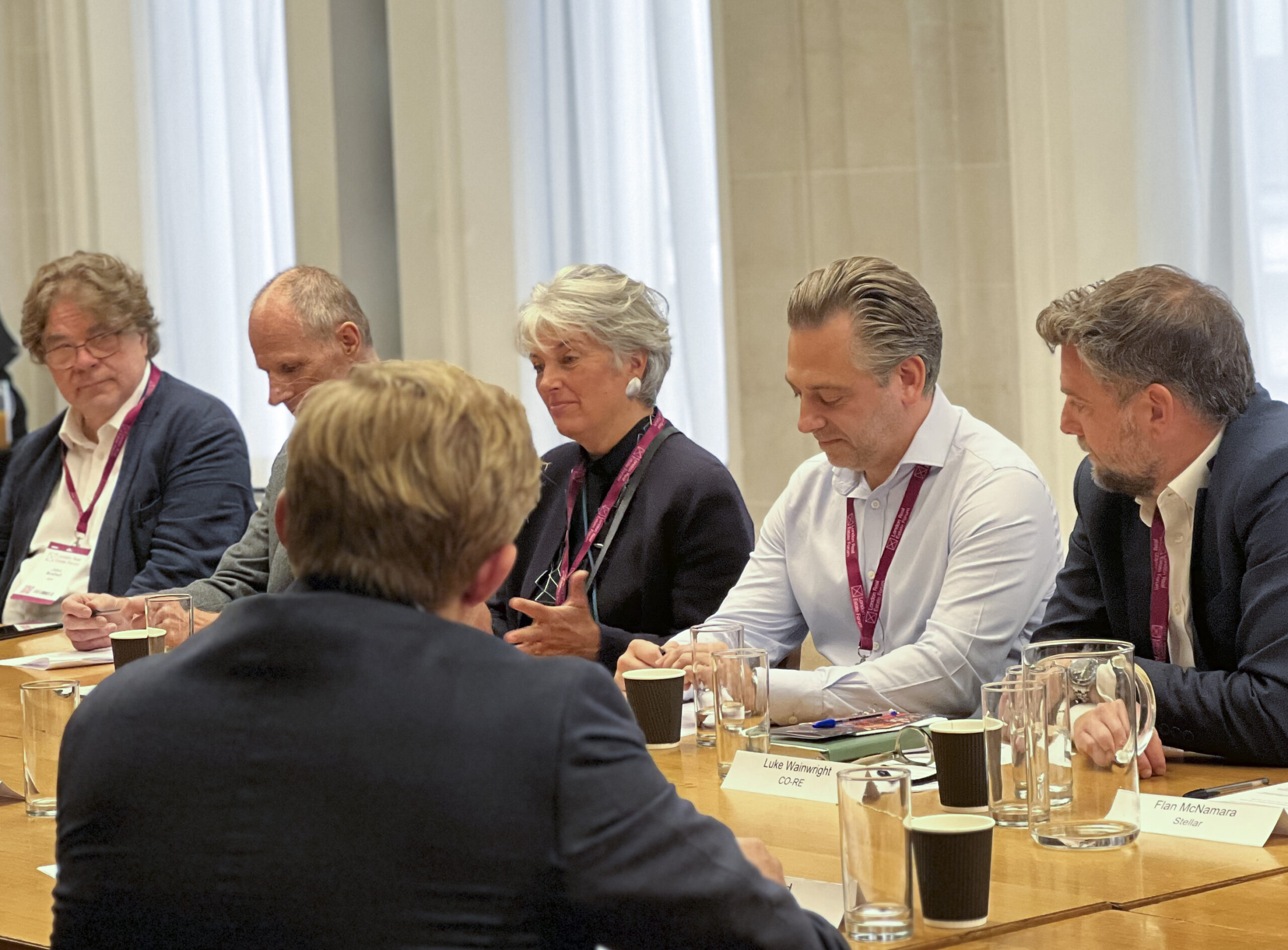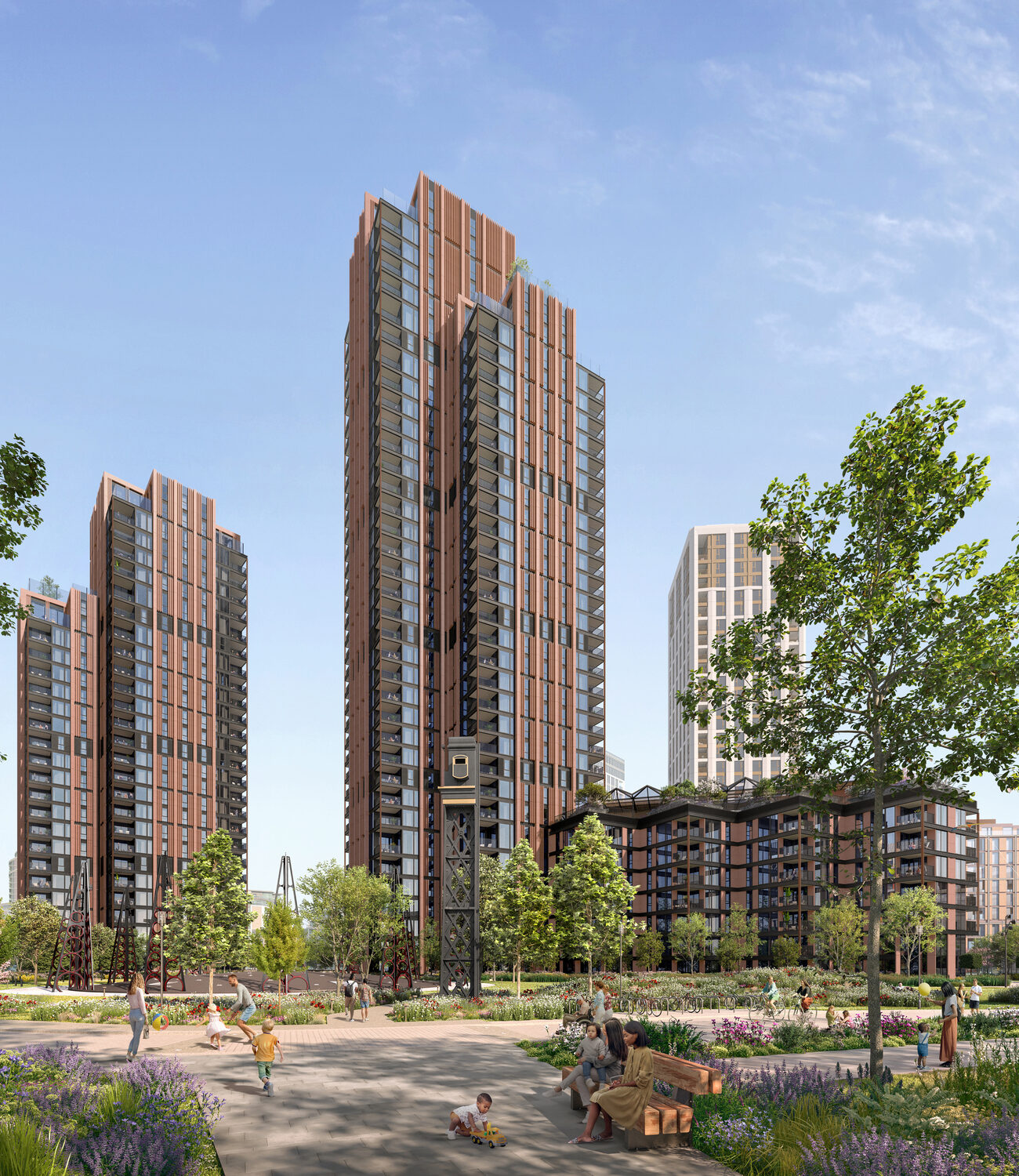To mark Staticus’ 20th anniversary, the company’s founder Vytautas Vankevičius has shared his memories of how the company started, its first projects, the decisions that helped the company grow successfully, and what he is most proud of.
How did the company start and how did you discover new markets?
It all started back in those “buy and sell” days (just after Lithuania became independent). We started by importing cables from a company based a Slovakian city called Žiar nad Hronom. This is where the first name of our company came from – Hronas. In half a year we had supplied Lithuania, Latvia and Belarus’ energy facilities’ with aluminium cables. After earning a little bit from this, we started to think “what’s next?”
It was at that time that a novelty in this region appeared – plastic and aluminium windows. So we started importing them. As time passed, people travelled more and saw more, and they started asking for more sophisticated windows of one design or another. But we did not have the flexibility to meet this demand – it used to take up to 3 months, maybe even longer, to ship an order and receive it from the factory. So we started producing ourselves.
We bought window profiles and windows in Austria, and then produced the final product ourselves. Later, we only transported the profiles themselves, and produced plastic windows and, little by little, assembled aluminum windows. The number of projects we had grew, the team grew, and our production facilities grew.

Then we secured our first larger-scale project – the Narutis Hotel on Pilies Street in Vilnius. At this time, aluminium products were new and unusual in Lithuania and in Eastern Europe generally. So we also had little understanding of aluminium, although we knew a lot about construction. We thought that our partner, and an authority in the field, Schüco, would help us implement the Narutis Hotel project. However, we discovered that they didn’t know much more than we did.. So, we admitted to ourselves that we don’t know what and we don’t know how, but we will find out and we will do it. And this is what happened. From then on, we experienced more and more success.
The technologies kept changing and we were concerned that we lacked the necessary experience and knowledge.
So we went to see how they build skyscrapers in the United Arab Emirates. Just looking up at them made my head spin. But we were relieved to see that they were basically doing the same thing as us. We knew we could match what they were doing, maybe even do better.
Then in 2008 the crisis hit. At that time, we had 354 employees and we knew that if we remained restricted to the Lithuanian market the situation would be bad.
There was an opportunity to try out for projects in Sweden, and in that same year the general contractor PEAB trusted us with a large project in Karlskrona, the Blekinge Institute of Technology. In fact, the end client for this project was the Swedish State. We successfully completed this project, they liked our work, our quality level and our communication, and told us that they wanted our support on other facilities. That’s how we ended up in Oslo.

After gaining experience in Scandinavia, we thought that the UK would be a good next step. Arriving in London we felt like we were illiterate. The requirements were so high in the UK and we had to learn everything for scratch. But, as everyone knows, we were able to do this.
What helped Staticus grow the most?
I think it’s our culture. When we didn’t know something, we weren’t afraid to ask. At the same time, we asked our clients to tell us what they didn’t understand and what they didn’t know, and to be open with us about what we were doing wrong.
Another aspect is that we observed carefully what the customer needed, and predicted what they would need next. We tried to remove their headaches, and aimed to offer more than they expected.
We practised open communication with each other, and also with clients and architects. We encouraged general contractors to include us at an earlier stage of the tender process. Our insights helped to save up to 10% of the project value, so this enabled them to win more projects.
What is the best decision you made related to the company?
Not giving up in the 2008 crisis. I knew that by sticking together we would overcome the crisis. And we did. – In fact, we didn’t fire a single employee. This taught me that in life it’s important not to let go of each other.
In one sentence, describe how the company used to be 20 years ago and how it is now?
I think that the company used to be hard-working and innovative, and it is even more hard-working and more innovative now.
What has stayed the same in the company over 20 years?
I would actually say that everything has changed – our culture, our projects and their size and complexity, our people and their perspectives. Everything has changed for the better.
Which person inspires you the most and why?
I have always said that it is easier to stop a person than to push them forward. So I’m inspired by anyone who pushes others in the right direction, anyone who motivates others and has passion.

When and how did Aušra start to show interest in Staticus’ activities?
Aušra grew up with the company. Since she was in elementary school, during her summer holidays she saw what our company does and how we do it.
When it was time to choose a field of study, I supported her desire to study economics. While she was doing her internship, I joked: “Maybe we should sell the company?” She, of course, did not agree with that at all and said “I want to be here!”. And that was enough for me. At that time we had some issues with our sales in Norway – the local salespeople we hired didn’t manage to do much, so Aušra packed her suitcase and flew to Oslo. Her mother was angry that I had sent her child away, but I knew that she was strong, tough and would not yield in a foreign country. After she spent 8 years there and won many successful projects, we invited her to take the position of CEO.
When did you realise that Aušra would make a great leader?
From kindergarten, I knew that if she wanted something, she would achieve it. Even when she was only 3 years old, she was already deciding what she wanted to wear and she wouldn’t budge when her mother tried something different. That independence has followed her everywhere – in school and in work.
In your opinion, what is the best advice you have given her?
I’ve given her a lot of advice, but the most important was to not be afraid, and to just do it. You won’t succeed if you never do anything.
Thinking about Staticus, what are you most proud of?
It’s the people. Everything else can be bought: equipment, programmes, machinery. It’s the people I value and admire. And for me, the younger the person, the more I admire them and believe in them. My grandfather and father always said: “good people are always needed, but we need them first.”
How do you see Staticus’ future?
Back in 2001, when we had the opportunity to visit the United Arab Emirates and saw these very impressive buildings that cost incredible amounts of money, we were inspired by these buildings. We started to think like the people who were building them and this allowed us to become the leading company in Lithuania in this field.
When our team went there in March this year, I asked them to pay attention to how they make those buildings now. How do the logistics chains work? How are the aluminium profiles cast? How is the glass made on site?
There are people all over the world that are already doing what we are doing. So we need to do it better, to be more responsible, and to feel the team spirit. And if everything goes well, we will continue to grow successfully.
I am glad that we never lose our optimism – if we have a failure, we move on to another success. And I am glad that we never rest on our laurels, and we continue to be ahead of the competition. Thank you all for being together, and happy 20th anniversary!















